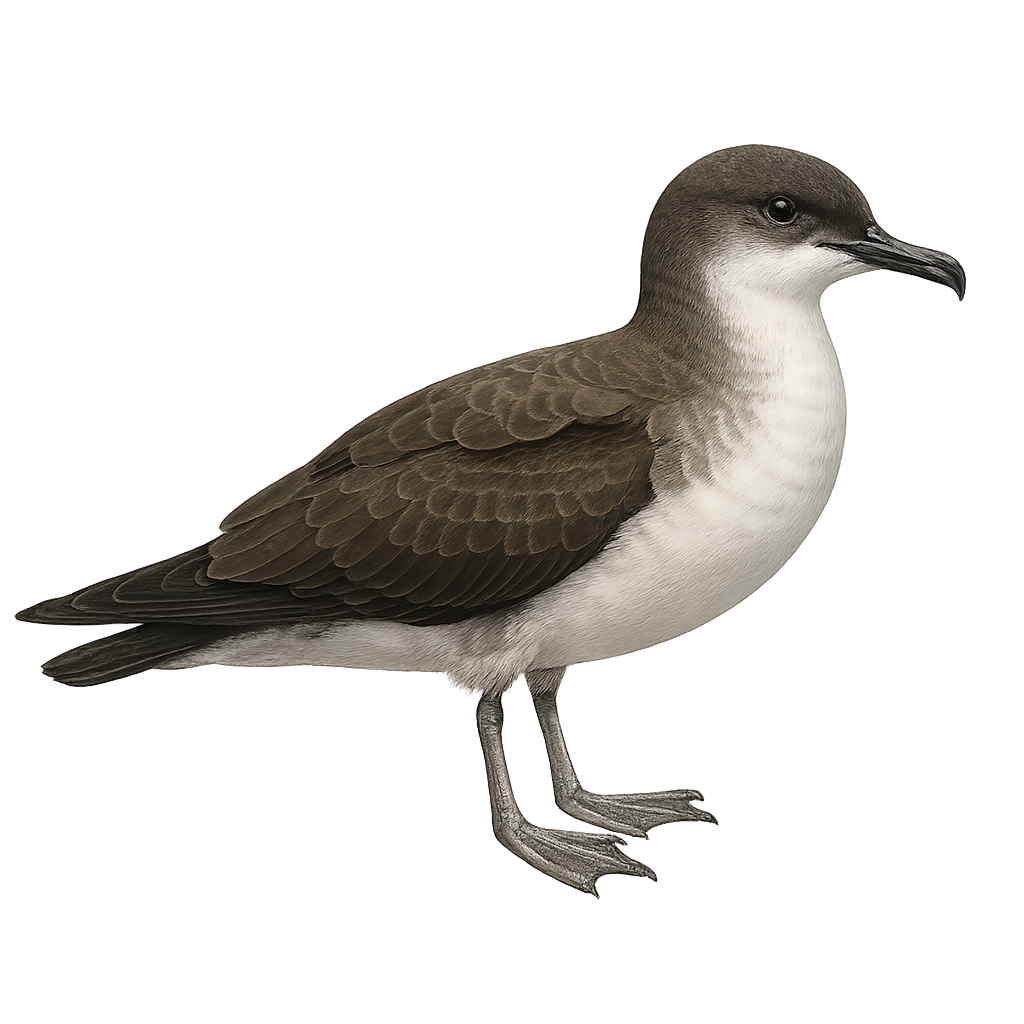Your wildlife photography guide.
Explore the buller's shearwater in detail, study its behavior, prepare your shots.
Where to observe and photograph the buller's shearwater in the wild
Learn where and when to spot the buller's shearwater in the wild, how to identify the species based on distinctive features, and what natural environments it inhabits. The WildlifePhotographer app offers tailored photography tips that reflect the buller's shearwater’s behavior, helping you capture better wildlife images. Explore the full species profile for key information including description, habitat, active periods, and approach techniques.
Buller's Shearwater
Scientific name: Ardenna bulleri

IUCN Status: Near Threatened
Family: PROCELLARIIDAE
Group: Birds
Sensitivity to human approach: Suspicious
Minimum approach distance: 10 m
Courtship display: November to January
Incubation: 50-55 jours
Hatchings: January to March
Habitat:
Ocean, islands, cliffs
Activity period :
Primarily active during the day, with peak activity in the morning and late afternoon.
Identification and description:
The Buller's Shearwater, or Ardenna bulleri, is an elegant and graceful seabird primarily observed in the Pacific Ocean. It is distinguished by its silvery-gray plumage on the back and white on the belly, with long, slender wings that allow it to glide effortlessly over the waves. This migratory bird travels great distances between its breeding grounds in New Zealand and its feeding areas in the North Pacific. It nests in colonies on isolated islands, digging burrows in the ground to lay its eggs. The Buller's Shearwater feeds mainly on fish and squid, which it captures by skillfully diving into the water. Although its conservation status is concerning due to threats to its nesting habitats, conservation efforts are underway to protect this fascinating bird.
Recommended lens:
400mm – adjust based on distance, desired framing (portrait or habitat), and approach conditions.
Photography tips:
To photograph the Buller's Shearwater, it is advisable to use a telephoto lens of at least 400mm to capture detailed images without disturbing the bird. The best opportunities often arise during its gliding flights over the ocean. It is crucial to maintain a safe distance of at least 10 meters to avoid disrupting its natural behavior. Opt for times of the day when the light is soft, such as early morning or late afternoon, to achieve well-lit and contrasted shots.
The WildlifePhotographer App is coming soon!
Be the first to explore the best nature spots, track rutting seasons, log your observations, and observe more wildlife.
Already 1 432 wildlife lovers subscribed worldwide

